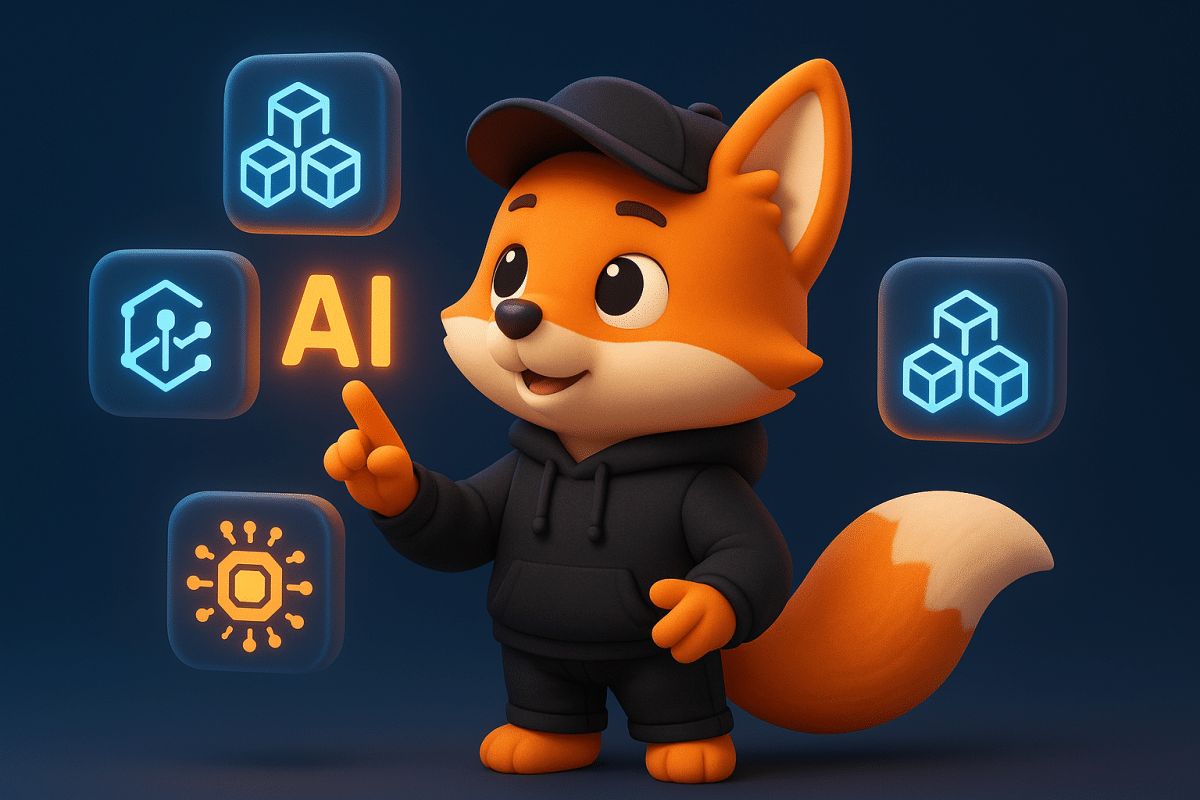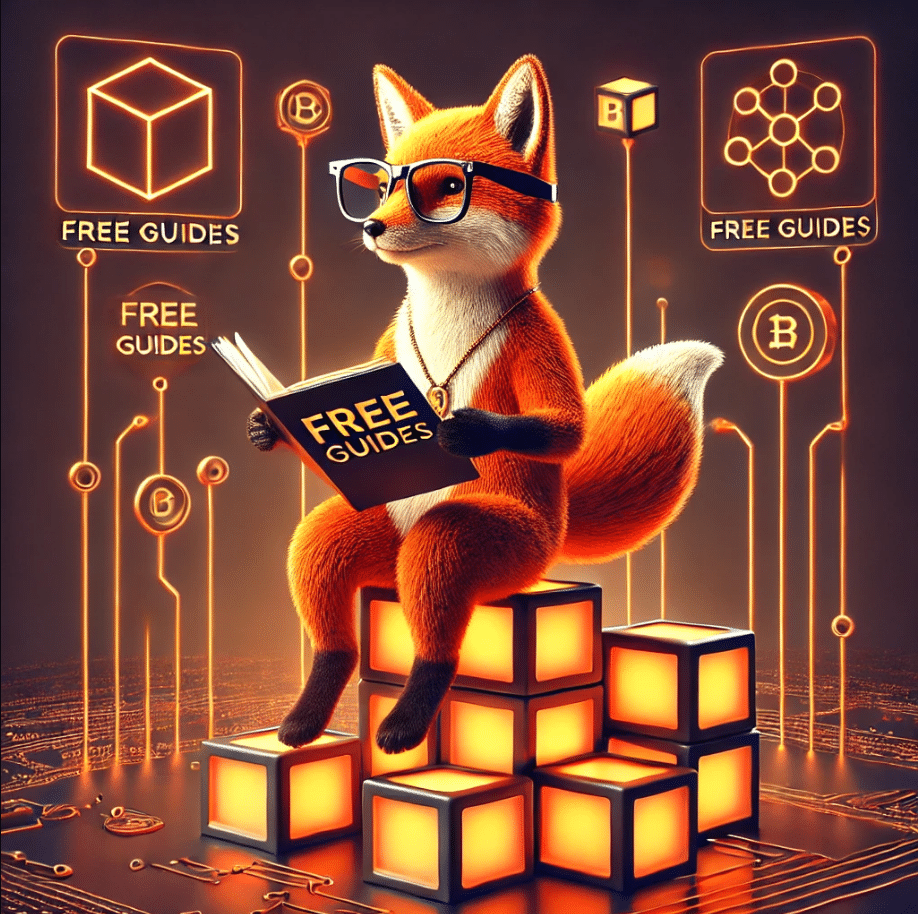The Rise of AI and Blockchain Integration 2025
AI and Blockchain Integration 2025 is more than just a technological convergence—it represents a fundamental shift in how digital systems operate across sectors. The integration delivers transparency, automation, and trust, changing industries such as finance, healthcare, logistics, and infrastructure. The synergy addresses long-standing challenges in data integrity, process automation, and system reliability. With growing complexity in digital infrastructures, businesses are looking for innovative ways to ensure that data remains authentic, actions are verifiable, and trust is embedded into every transaction. That’s why AI and Blockchain Integration 2025 is being adopted as a foundation for future-proof digital systems.
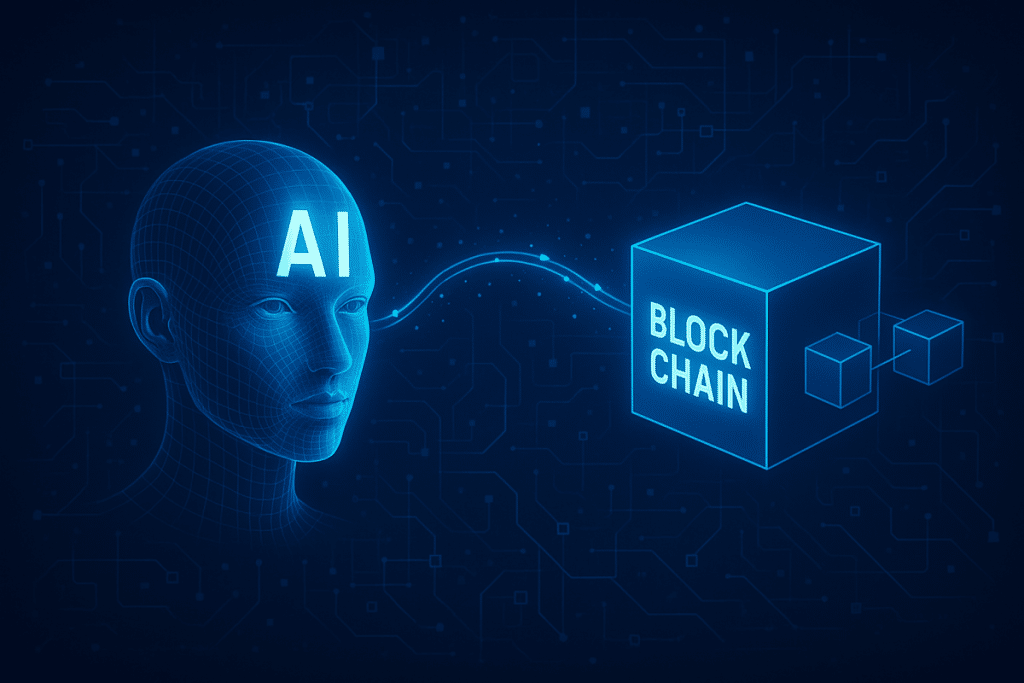
Why Blockchain Complements AI
Eliminating the Black Box Problem
Artificial Intelligence relies heavily on large datasets to train models, identify patterns, and make predictions. However, AI is often criticized for its “black box” nature, where users can’t verify why certain decisions are made. This is where blockchain technology steps in. Through its immutable ledger, blockchain logs every step of an AI process—ensuring that results are auditable, tamper-proof, and transparent.
These audit trails are vital in regulated industries like law, finance, and medicine, where every automated decision must be explainable and backed by data. As blockchain AI applications continue to mature, this level of transparency is becoming a core requirement.
Building Trust Through Decentralization
In sectors requiring high accountability, like healthcare or finance, this level of traceability is game-changing. Every prediction or decision made by an AI algorithm can be recorded on-chain, offering verifiable insights to regulators and users. This trust layer is foundational for secure blockchain AI applications. Additionally, blockchain’s decentralized nature ensures that data is not controlled by a single entity, reducing the risk of manipulation or censorship.
AI-Based Smart Contracts: The Evolution of Automation
Adaptive Logic and Decision-Making
In the context of AI and Blockchain Integration 2025, AI-based smart contracts are revolutionizing automation. Unlike traditional smart contracts, which are fixed and condition-based, AI-enhanced versions respond to real-time data. For example, smart contracts can detect weather disruptions or shipping delays and automatically trigger penalties or re-routing.
This adaptive nature is especially relevant in the context of “Smart Contracts On Ethereum: What You Need To Know,” as Ethereum remains a core platform for decentralized applications. AI integration allows contracts to account for variables like market volatility, customer behavior, or real-time inventory levels—making them more efficient and context-aware.
Intelligence in Decentralized Environments
Platforms like NodeGoAI and Nous Research allow users to contribute idle computing power to support AI tasks, fostering decentralized AI systems. These DePIN networks (Decentralized Physical Infrastructure Networks) reduce reliance on centralized infrastructure and democratize access to AI resources.
This type of compute sharing opens up the possibility for AI development in regions without high-tech infrastructure, supporting global inclusion. Through tokenization, contributors are rewarded for their participation, enabling a sustainable circular economy around compute power.
Real-World Blockchain AI Applications
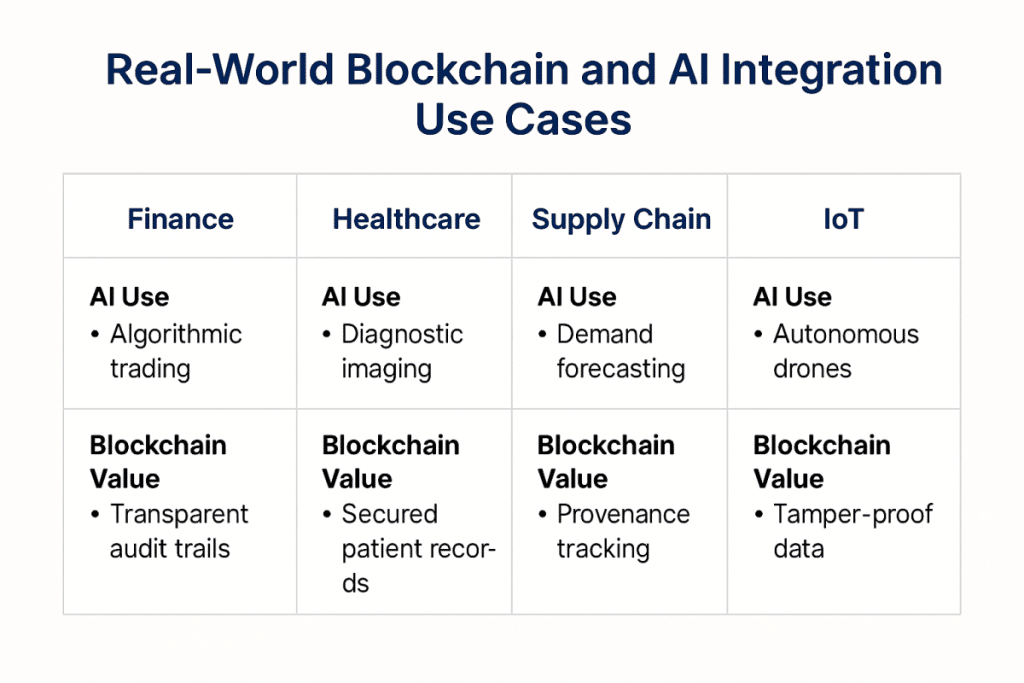
Finance: Algorithmic Trading with Transparency
The fusion of AI and blockchain in finance is enabling autonomous trading bots that execute trades across multiple platforms. Each trade, logged immutably, provides a complete audit trail. This transparency is transforming trust in financial systems and shaping AI and crypto 2025 innovations.
In addition, AI models are being trained using on-chain data to detect fraudulent activity or unusual trading patterns. This fusion supports more robust compliance mechanisms for exchanges, traders, and institutional investors. This is a prime example of how AI and Blockchain Integration 2025 is shaping financial innovation.
Ready to turn insights into action? Sign up to Bybit and get up to $30,050 in bonuses, including $50 free just for starting
Healthcare: Securing Patient Data
In healthcare, AI is powering diagnostic tools and personalized treatments. However, managing sensitive medical data is a challenge. Blockchain provides a secure, encrypted ledger where patient records are stored and accessed with full user consent. Platforms like healthAIChain combine machine learning with blockchain to improve outcomes while maintaining compliance with laws like GDPR.
Patients benefit by having full control over their data while still allowing medical professionals to access necessary information in emergency situations. The auditability of patient data also reduces medical errors and supports better legal documentation.
Supply Chain: End-to-End Visibility
AI and Blockchain Integration is redefining supply chain management. Blockchain offers verifiable product histories, while AI predicts delays and optimizes routing. This dual system is particularly effective in industries like pharmaceuticals, electronics, and agriculture, where authenticity and efficiency are critical.
For instance, pharmaceutical companies can track vaccine shipments while AI monitors temperature variations and blockchain confirms delivery times and locations. This increases accountability and minimizes wastage, fraud, or counterfeiting.
IoT & Infrastructure: Decentralized Intelligence
With Edge AI devices making on-the-fly decisions, blockchain logs their outputs in real time. In autonomous systems like drones or smart vehicles, this traceability builds trust between machines and humans. For instance, a drone capturing agricultural data can write its actions on-chain to prove operational integrity.
This combination is a critical use case of AI and Blockchain Integration 2025, powering autonomous vehicles, smart cities, and industrial automation with full transparency and traceability.
AI and Blockchain in the Creative Economy
One of the most exciting aspects of AI and Blockchain Integration 2025 is how generative AI tools are creating music, art, and video at scale. Blockchain helps verify the authorship and version history of these digital assets. Artists can timestamp their creations, prove originality, and license work confidently in the Web3 space. This is a key factor in The Role Of Blockchain In The Metaverse, as creators seek digital sovereignty.
From NFTs to tokenized royalties, the fusion of AI creativity with blockchain verification is creating sustainable business models for digital creators. These innovations are a key driver in the creative sector’s adoption of AI and Blockchain Integration 2025, redefining ownership and monetization in the digital world. This allows true ownership of digital works, reducing piracy and plagiarism.
Emerging Trends in AI and Blockchain Integration 2025
Tokenized Compute and DePIN
Through token incentives, DePIN networks enable distributed AI training. These platforms decentralize compute power, reducing dependency on cloud giants. This trend is pivotal in shaping how AI is used in blockchain environments.
Companies and researchers can now access GPU resources without expensive infrastructure, leveling the playing field in AI innovation.
zk-SNARKs and Privacy Tech
Zero-knowledge proofs (zk-SNARKs) allow AI validation without revealing sensitive data—ideal for regulated sectors. As privacy regulations tighten globally, this solution becomes essential for maintaining compliance and trust.
These systems allow consumers to verify outcomes (e.g., credit scores or health risk levels) without exposing the underlying inputs, keeping personal data secure. Privacy-preserving solutions like these are becoming essential pillars of AI and Blockchain Integration 2025, especially in sensitive data environments.
Quantum AI Optimization
Companies like Quantum Blockchain are leveraging AI to enhance mining efficiency. These efforts aim to reduce energy consumption and improve ROI, making quantum-AI synergy one of the most closely watched innovations in AI and crypto 2025.
Early simulations suggest improvements in block validation speeds and resource allocation strategies, although mainstream adoption is still in its infancy. Still, it remains a frontier worth watching closely within the broader momentum of AI and Blockchain Integration 2025.
Decentralized Digital Identity
Blockchain-based identity systems ensure that users maintain control of their data. AI systems can then verify users without centralized authorities. This development strengthens secure access across dApps, marketplaces, and virtual worlds.
This has direct applications in cross-border payments, KYC-compliant onboarding, and secure identity verification in the gig and creator economies. In identity and access systems, AI and Blockchain Integration 2025 enables verifiable credentials without compromising user privacy.
For serious HODLers, Ledger remains the gold standard in hardware wallet protection—your keys, your coins
Overcoming Challenges in AI and Blockchain Integration 2025
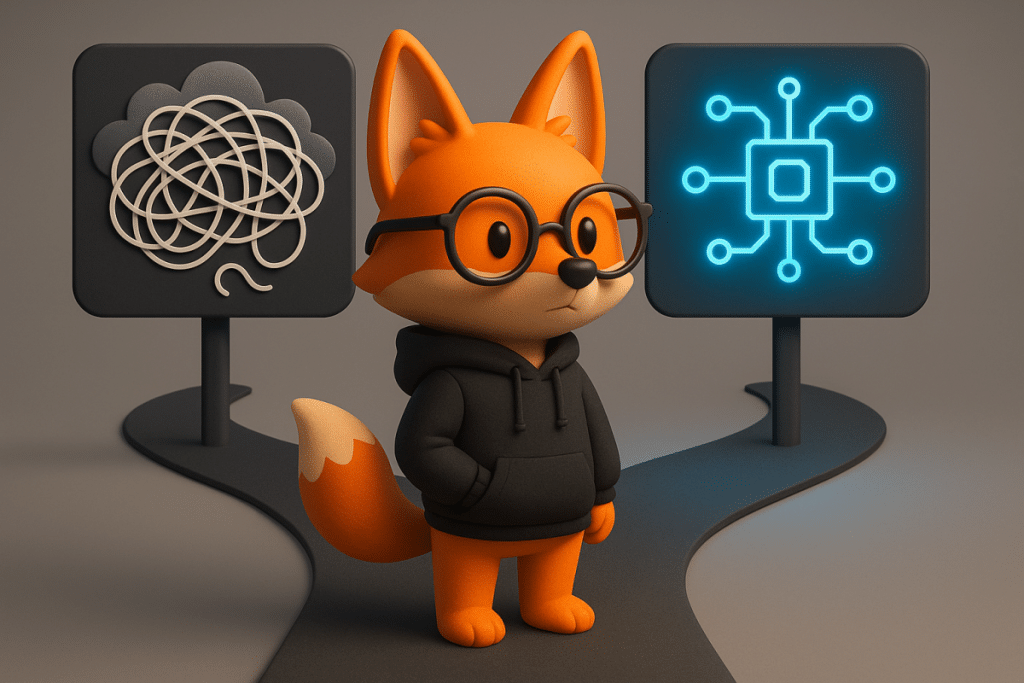
Scalability Solutions
Blockchain systems aren’t natively built to handle heavy AI workloads. Developers are adopting Layer 2 rollups, sidechains, and off-chain computation models to improve scalability without sacrificing decentralization.
These hybrid systems ensure that AI computations do not congest base layers, keeping both transaction costs and processing times manageable.
Ethical and Privacy Considerations
Ethical AI usage requires balancing transparency with individual privacy. Tools like homomorphic encryption and zk-proofs allow AI systems to process encrypted data while complying with data protection laws.
Governments and advocacy groups are now drafting inclusive frameworks to prevent algorithmic bias, ensure accessibility, and protect marginalized communities.
Regulatory Progress
Many jurisdictions lack clear policies for AI and blockchain use cases. Industry alliances are now advocating for regulations that promote innovation while ensuring consumer safety. Flexible legal frameworks will be vital to future scalability. Governments that adopt clear and supportive policies will unlock the full potential of AI and Blockchain Integration 2025 across industries.
Initiatives like the EU’s AI Act and U.S. legislative pilots are expected to shape global governance standards for the AI and Blockchain Integration 2025 ecosystem.
The Future of AI and Blockchain Integration
Looking forward, we expect exponential growth in:
- Decentralized AI marketplaces
- Adaptive smart contracts
- Tokenized infrastructure platforms
- Verifiable creative outputs
As more developers and enterprises adopt this fusion, the vision of AI and Blockchain Integration 2025 becomes a fully operational, trust-based digital economy. AI and Blockchain Integration 2025 represents not just a technological trend, but a new foundation for how we interact, create, and transact online.
Why combine AI with blockchain?
Blockchain brings immutability, traceability, and decentralization to AI, ensuring decisions are auditable and transparent.
Are there live products using this integration?
Yes, platforms like NodeGoAI, Nous Research, and Neuron are already applying this integration in areas like compute-sharing, drone automation, and medical data.
What are AI-based smart contracts?
These are smart contracts enhanced by AI, capable of real-time adaptation based on dynamic inputs. They represent a significant upgrade from traditional fixed-condition contracts.
How AI is used in blockchain environments?
AI is used to automate smart contracts, manage data validation, enhance crypto mining efficiency, and optimize supply chains in blockchain-based systems.
What’s the biggest hurdle in 2025?
The top challenges include scalability, privacy, and regulatory clarity. However, with Layer 2 solutions and zero-knowledge tech, progress is accelerating.
“Guess what? When you click and buy via our links, you’re not just enhancing your experience—you‘re also supporting our content creation for free, so we can keep sharing useful blockchain insights. It‘s a pump for both of us!”
— Sofi

